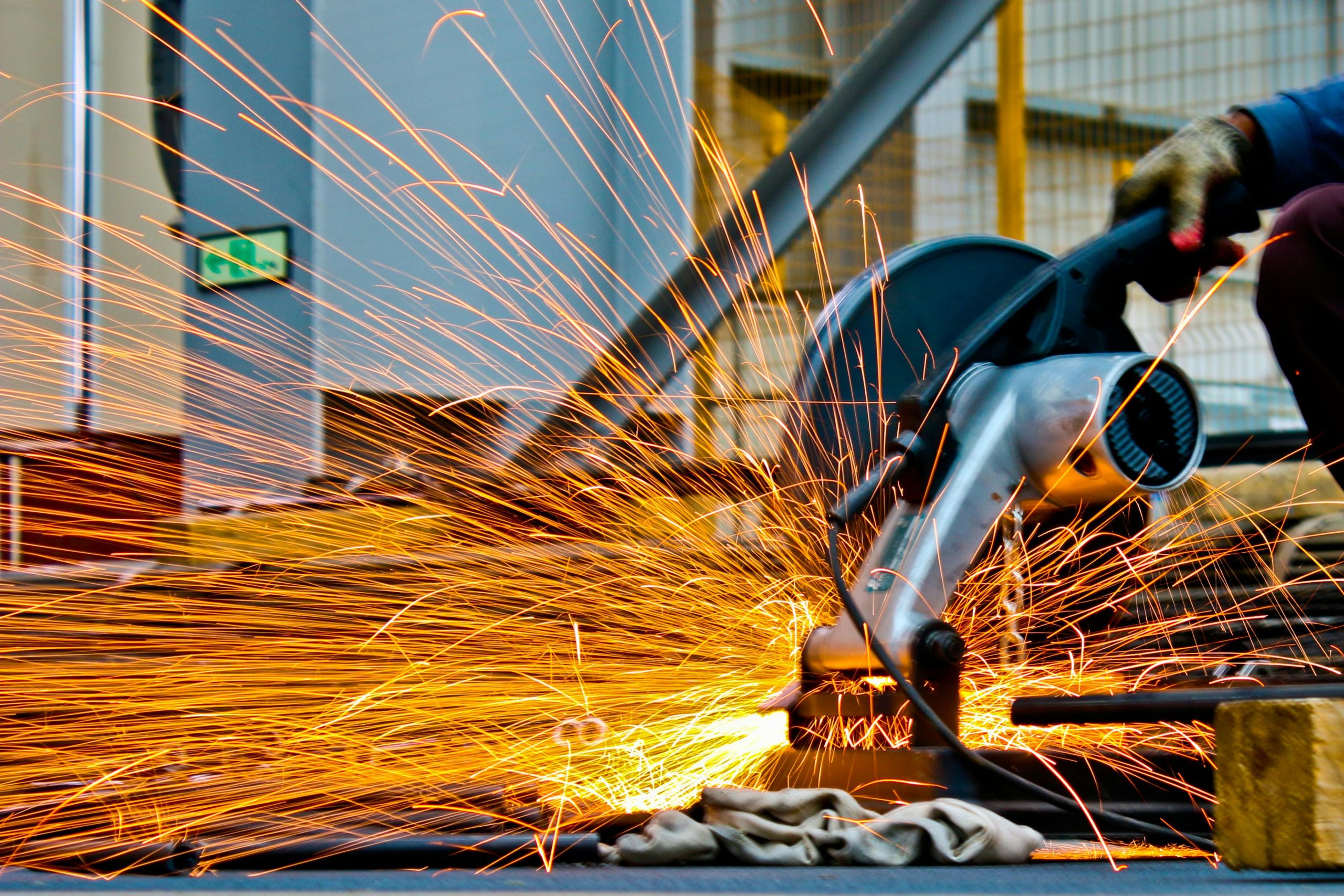Troubleshooting a Laptop That Self-Shuts Down Even During Factory Reset
Encountering persistent hardware or software issues can be frustrating, especially when basic troubleshooting steps don’t resolve the problem. Recently, a user reported that their Surface 3 running Windows 11 continuously shuts off unexpectedly, even during a factory reset, making it difficult to restore or troubleshoot effectively. This article explores potential causes for such behavior and outlines recommended steps to diagnose and address the issue.
Understanding the Issue
The core problem involves the laptop spontaneously shutting down without warning. The user observed the device pulling up the “Slide To Shut Down” screen intermittently, indicating involuntary power-offs. Efforts to rectify the problem included:
- Adjusting power and sleep settings
- Modifying behavior of the hardware power button
- Attempting a factory reset through Windows Recovery Environment (WinRE)
Despite these measures, the laptop continued to shut down, suggesting that the root cause might be deeper than software misconfigurations.
Potential Causes
When a laptop shuts off unexpectedly, factors to consider include:
- Hardware Malfunction
- Overheating components
- Faulty battery or power supply
-
Memory or motherboard issues
-
Driver or Software Corruption
- Outdated or incompatible drivers, especially critical graphics drivers
-
Corrupted system files
-
Corrupted Boot or Recovery Environment
- Issues with Windows Recovery Environment affecting reset procedures
In this specific case, Microsoft stopped providing driver updates for the Surface 3, which may result in outdated drivers causing instability.
Recommended Diagnostics and Solutions
Given the symptoms and circumstances, consider the following steps:
1. Check Hardware Health
- Battery Status: Use built-in diagnostics or third-party tools to assess battery health. If the battery is failing, it could cause shutdowns.
- Temperature Monitoring: Overheating can trigger shutdowns to prevent hardware damage. Use tools like HWMonitor to check CPU and GPU temperatures.
- Physical Inspection: Look for signs of damage, swollen batteries, or loose connections.
2. Ensure Firmware and BIOS Are Up-to-Date
- Visit Microsoft’s or your device manufacturer’s support page to download the latest BIOS or firmware updates, which can improve hardware compatibility and stability.
3. Reinstall Drivers Manually
- Since automatic updates are no longer supported, consider manually installing the latest drivers compatible with your device:
- Use compatible driver packages from
Share this content:



